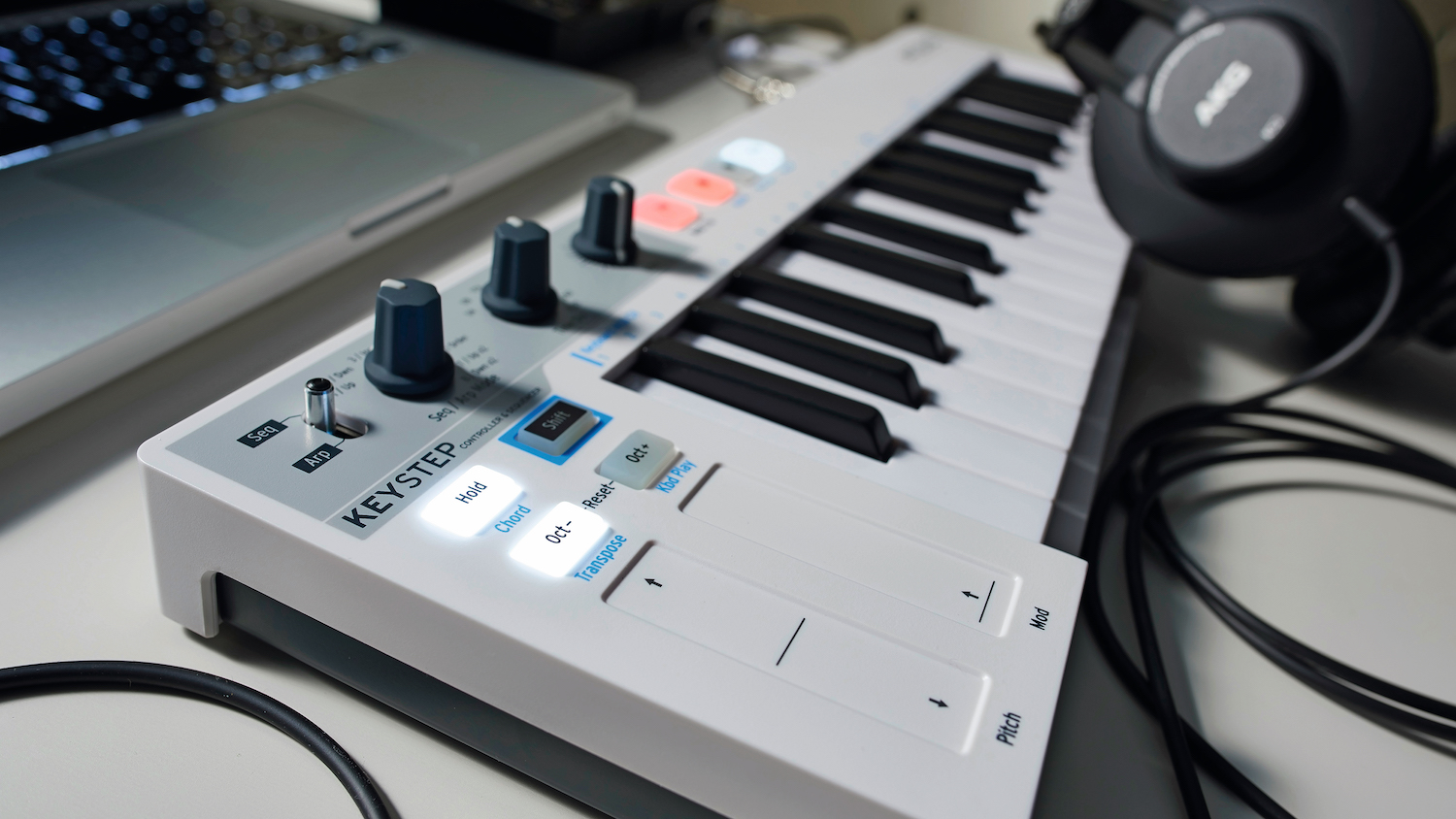Learn to play major and minor piano chords
Once you've got a grip on scales, it's time to start stacking notes on top of each other
Once you know how to construct major and minor scales on the piano, you can take the notes within them and start stacking them up together to play chords.
While it’s possible to form simple two-note chords, the most basic form of chord in common usage contains three notes, and is known as a triad.
Like scales, triads come in major and minor flavours, depending on the scales their notes (also known as chord tones) are taken from.
- The best digital pianos for beginners: start playing in style
- Or check out our guide to the best digital pianos for all budgets
Take the C major scale as an example. It contains the notes C-D-E-F-G-A-B-C. If we use numbers to label the notes (or degrees) in the scale from 1 to 8, we can use these numbers to create formulas to build chords from.
For instance, in a C major scale, C=1, D=2, E=3 and so on, until B=7. So, to build a C major triad, we need the notes numbered 1, 3 and 5 from the major scale; in other words, C, E, and G = C major.
The same idea works when building minor triads from minor scales, too. Take the scale of A natural minor (which uses all the white notes too, from A to A): A-B-C-D-E-F-G-A. Taking the notes numbered 1, 3 and 5 from this scale – A, C and E – gives us an A minor triad.
Looking at it from the point of view of the intervals between the chord tones, the formulas are root + 4 semitones + 3 semitones for a major triad, and root + 3 semitones + 4 semitones for a minor triad. Using a combination of major and minor triads, it’s possible to play thousands of popular songs, so they’re pretty useful things to know!
Get the MusicRadar Newsletter
Want all the hottest music and gear news, reviews, deals, features and more, direct to your inbox? Sign up here.
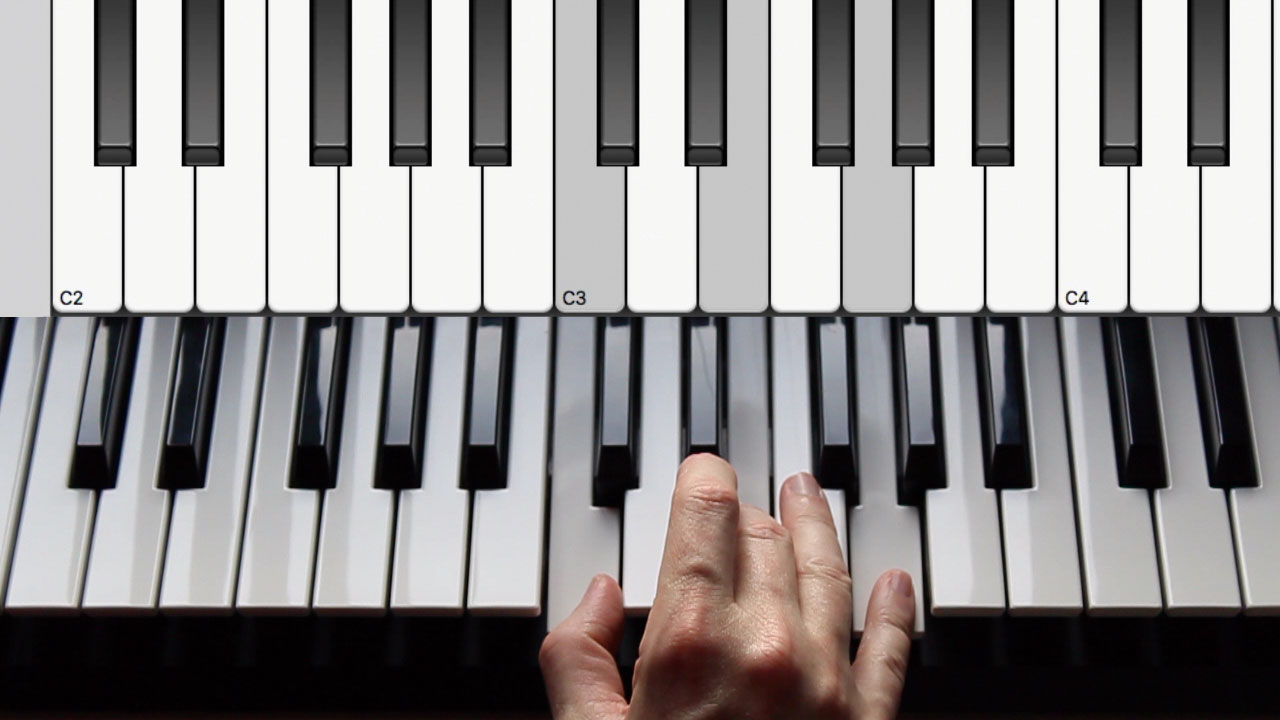
Step 1: So far, we’ve only been playing single notes, so let’s try some chords. We’ll start with a C major triad - a chord made up of three notes from the C major scale, namely the root (C), major third (E) and fifth (G). This can be played from our basic starting position: thumb on middle C, middle finger on E and pinky on G.
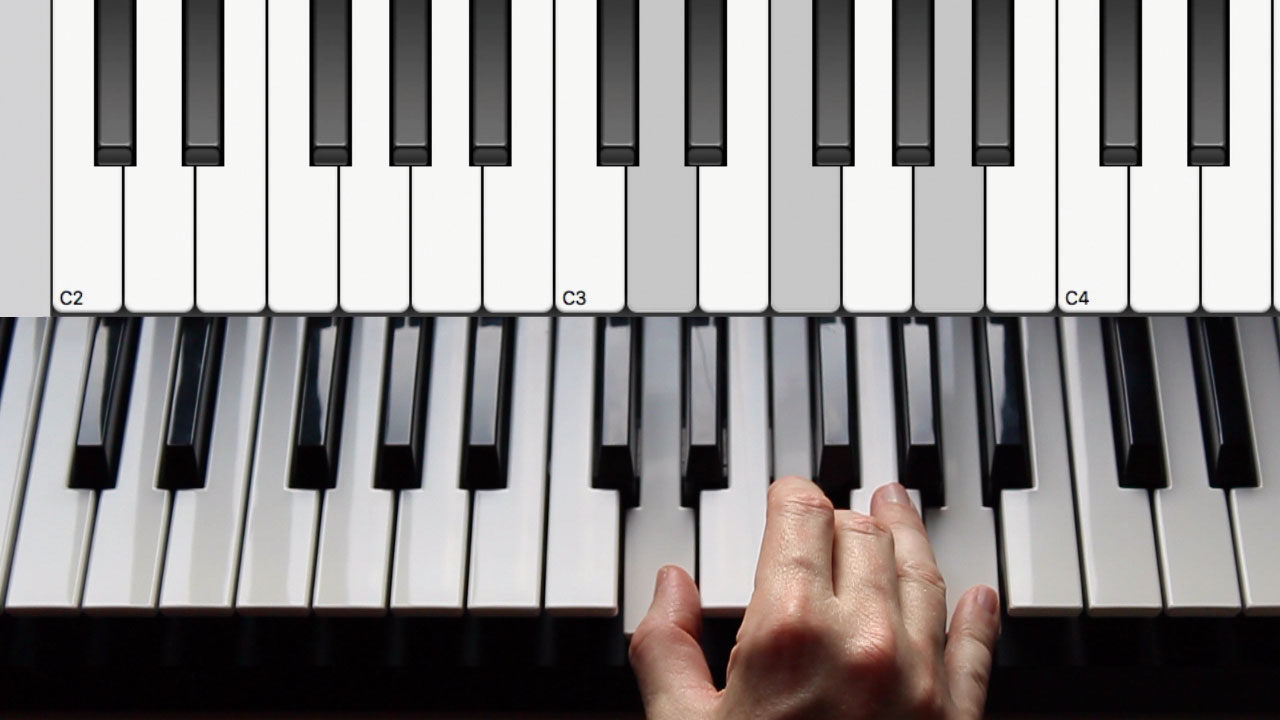
Step 2: Once you’ve got the hang of pressing down these three keys without your other two fingers getting involved, move the whole thing up so that your thumb is on D and play D, F, and A. That’s D major, right? Wrong! Hear how it sounds sadder somehow? That’s because you’re actually playing a D minor triad, made up of D (root), F (minor third) and A (fifth).
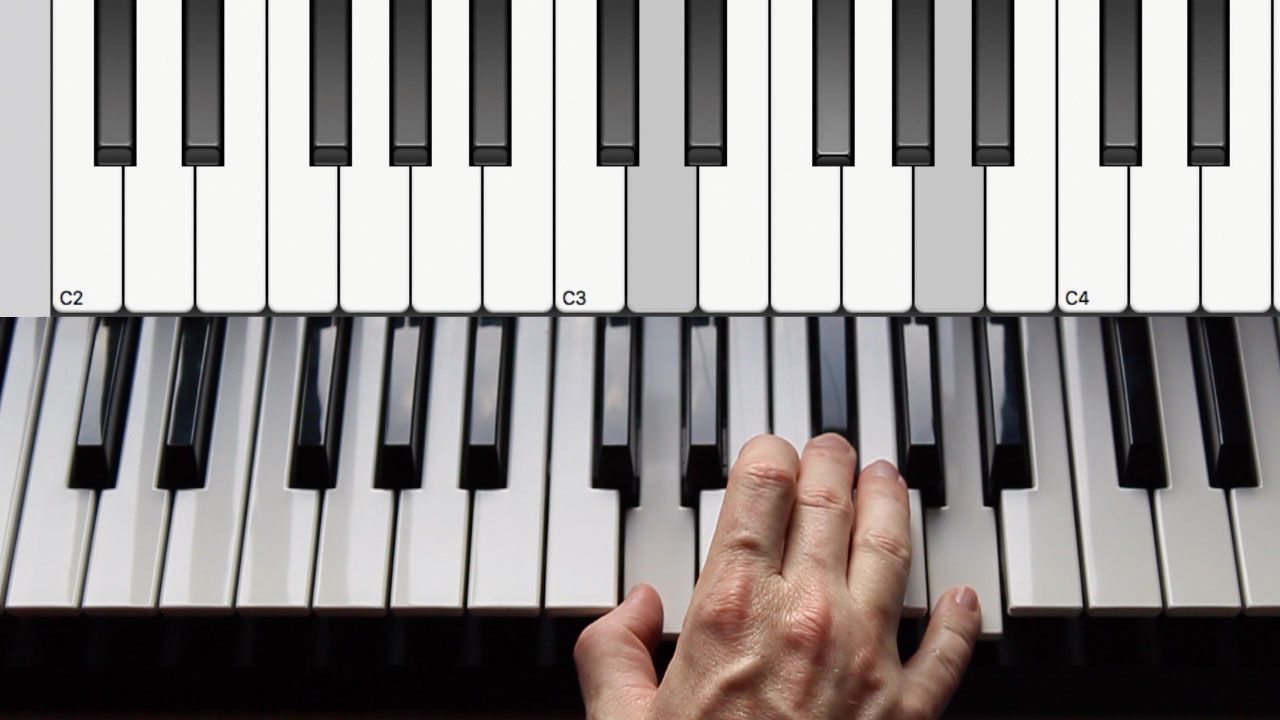
Step 3: It sounds different due to the minor third interval between the D and the F. The quality of the third - major or minor - determines whether the triad is a major or minor chord.
Here, the minor third between D and F produces that sad, minor sound. To make it a major third, move the third finger a semitone up to F#. Try it now to play D, F#, A - that’s D major!
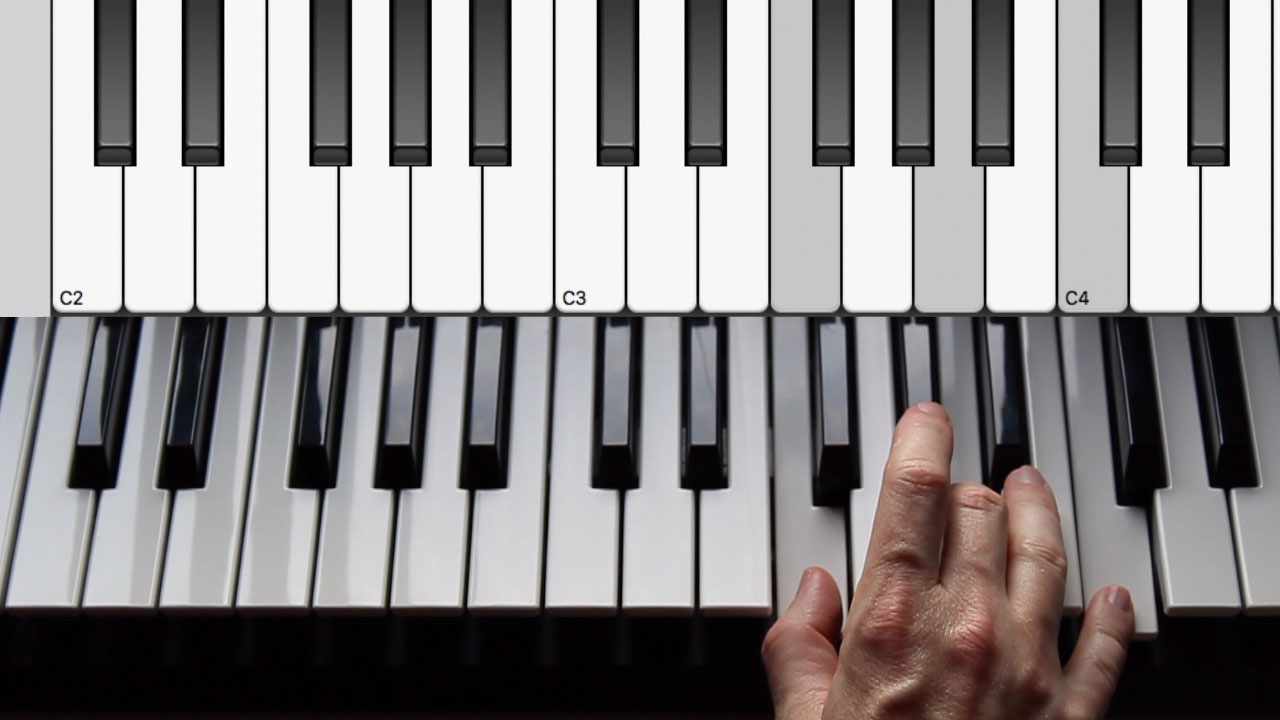
Step 4: So, major triads consist of root, major third and fifth, while minor triads are made up of root, minor third and fifth. Try it with an F chord: F major is built from F, A and C, while F minor is made up of F, Ab and C. The only change is that third going from major (A) to minor (Ab).
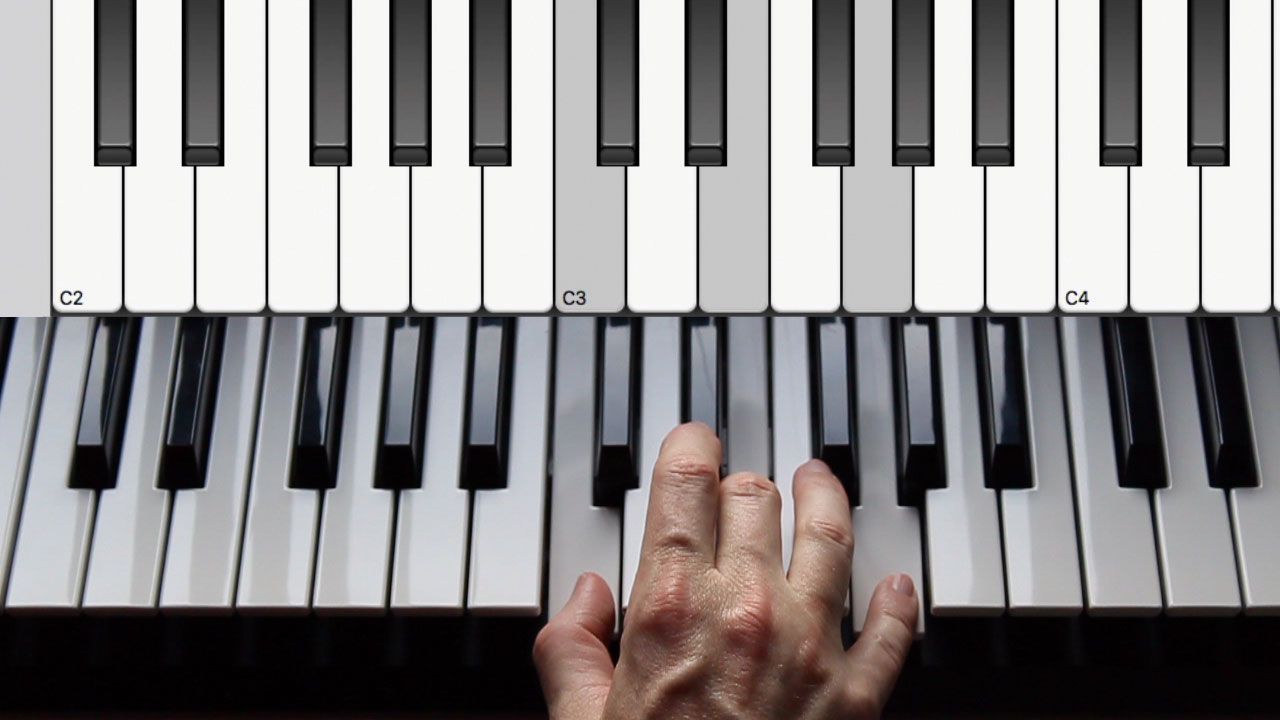
Step 5: There are three ways to play each triad, depending on which note you put your thumb on. Go back to our C major triad for a second.
As played in step 1, with our thumb on C, middle finger on E and pinky on G, we’re in root position - so called because our thumb is on the root.
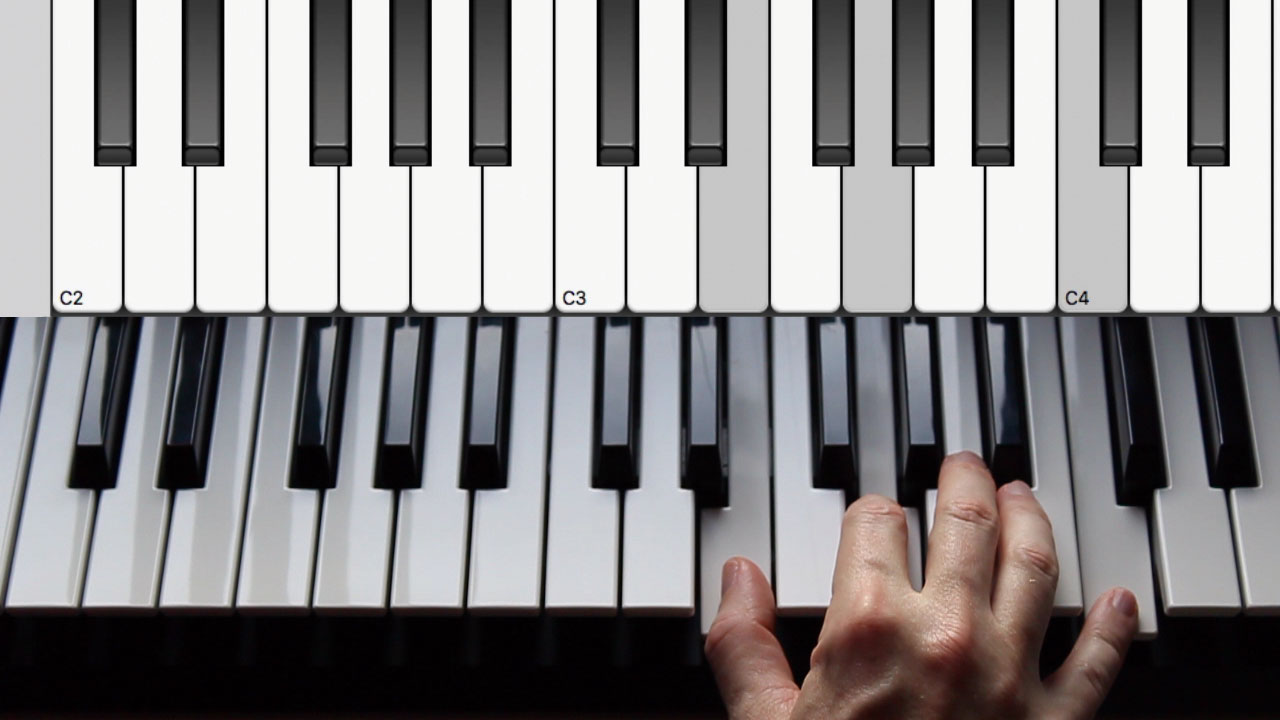
Step 6: To get the first inversion of C major, we move the thumb to the next chord tone up: E. The G is now covered by the index finger, and the pinky moves to the next C note up: E, G, C.
Move up again, with the thumb on G, middle finger on C and pinky on E, to get the second inversion: G, C, E.
Computer Music magazine is the world’s best selling publication dedicated solely to making great music with your Mac or PC computer. Each issue it brings its lucky readers the best in cutting-edge tutorials, need-to-know, expert software reviews and even all the tools you actually need to make great music today, courtesy of our legendary CM Plugin Suite.
MusicRadar deals of the week: Enjoy a mind-blowing $600 off a full-fat Gibson Les Paul, £500 off Kirk Hammett's Epiphone Greeny, and so much more
“For those who think they know Joel’s story, as well as those who are not as familiar, I believe this two-part film is both a revelation and a surprise”: New Billy Joel doc is on the way
